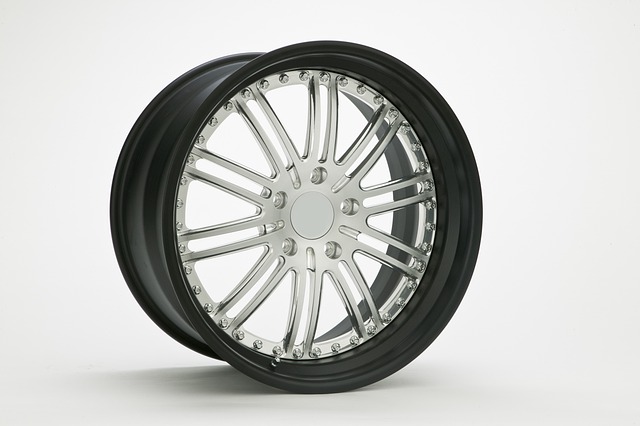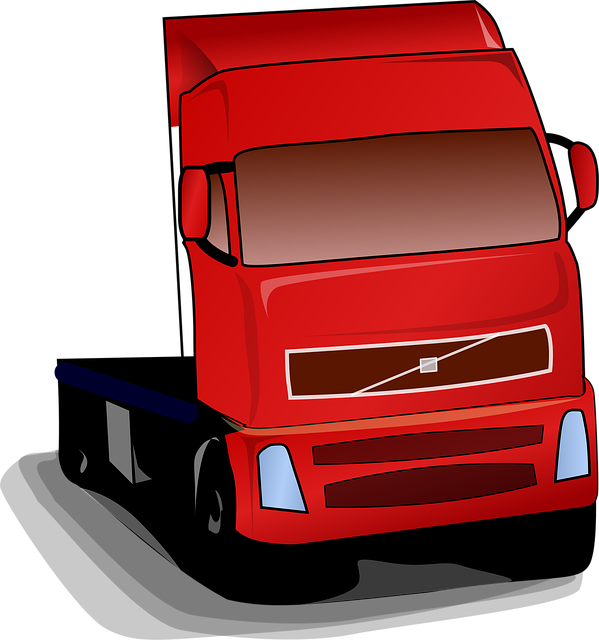Looking to register your car in California? This comprehensive guide breaks down the process step-by-step. From understanding crucial requirements to gathering essential documents, you’ll learn how to navigate California’s DMV efficiently. Key aspects include completing a dvm vin verification, choosing between title transfer or new registration, and paying fees. Get ready to hit the road legally!
- Understand California Car Registration Requirements
- Gather Necessary Documents for DMV Visit
- Perform VIN Verification at DMV: Step-by-Step
- Choose Between Title Transfer or New Registration
- Pay Registration Fees and Receive Your License Plate
Understand California Car Registration Requirements

Before registering your car in California, it’s crucial to understand the state’s specific requirements. The California Department of Motor Vehicles (DMV) mandates that all vehicles operated within the state be properly registered and bear valid licenses. One of the key steps is ensuring accurate vehicle identification number (VIN) verification. This involves a thorough check of your car’s VIN, which can be done through various methods, including a mobile vin verifier or mobile vin inspection.
Additionally, you’ll need to gather essential documents such as proof of ownership, current insurance, and possibly a title transfer if applicable. The dmv vin verification process is designed to prevent fraud and ensure that all registered vehicles meet safety standards. By completing these steps correctly, you’ll be well on your way to securing a California car registration.
Gather Necessary Documents for DMV Visit

Before heading to the California DMV, make sure you have all the essential documents for a smooth registration process. One crucial item is the Vehicle Identification Number (VIN) verification. This step involves ensuring that your car’s details match the information in the DMV system and can be confirmed with a mobile vin verifier or through a vin inspection.
Gathering these documents early will save you time at the DMV. Always check the accuracy of your vehicle’s registration, title, insurance information, and personal data before visiting. Additionally, bringing along a valid driver’s license or ID and proof of residence is essential. If you’ve recently purchased a used car, a mobile vin inspection can help verify its history and ensure there are no outstanding issues, making the registration process easier for both you and the DMV staff.
Perform VIN Verification at DMV: Step-by-Step

Performing a Vehicle Identification Number (VIN) verification at the California Department of Motor Vehicles (DMV) is a crucial step in the car registration process. This procedure ensures that your vehicle’s history and specifications match the information provided by the manufacturer. Here’s a simple, step-by-step guide:
1. Gather all necessary documents, including your driver’s license, proof of insurance, and the title to the vehicle. Additionally, ensure you have the vehicle’s VIN number ready, as it will be required for the verification process.
2. Visit your local DMV office or use their online services to initiate a VIN verification. If using the latter, you’ll typically need to enter your vehicle’s make, model, year, and VIN number. The DMV will then cross-reference this data with their records.
3. In some cases, especially if there are discrepancies in the information provided, the DMV may request a physical inspection of your car, which can be arranged at a nearby approved inspection station or even through a mobile vin inspection service.
4. Once the verification is complete, and assuming no issues are found, you’ll be issued a certificate confirming that the VIN data matches the vehicle’s official record. This step finalizes your car registration in California.
Choose Between Title Transfer or New Registration

When preparing to register your car in California, you’ll first need to determine whether you’re transferring an existing title or registering a new vehicle. If you already have a valid title from another state, the process leans towards a simple title transfer. This involves updating the information on the existing document and paying the required fees at the California Department of Motor Vehicles (DMV).
On the other hand, if you’re purchasing a used car that doesn’t come with a title—a scenario not uncommon in private sales—you’ll require a new registration. In this case, the DMV will perform a DMV vin verification using the Vehicle Identification Number (VIN) to ensure the vehicle’s history is clear. Consider utilizing services like a mobile vin inspection or mobile vin verifier for convenience and peace of mind.
Pay Registration Fees and Receive Your License Plate

After completing the registration process and providing all necessary documentation, it’s time to pay the required fees. The California Department of Motor Vehicles (DMV) charges a fee for vehicle registration, which varies based on your vehicle type. You can typically pay these fees online, by phone, or in person at a local DMV office. Once your payment is processed, you’ll receive confirmation and your license plate assignment details.
Before receiving your physical license plates, the DMV conducts a crucial step known as VIN verification. This involves using your Vehicle Identification Number (VIN) to check for any issues or recalls associated with your car. You can facilitate this process through a mobile VIN inspection service, allowing you to verify your vehicle’s history remotely. Alternatively, many auto parts stores offer on-site mobile VIN verifiers, making it convenient to ensure your car is safe and roadworthy before finalizing the registration.
Registering a car in California involves understanding specific requirements, gathering essential documents, and completing critical steps like VIN verification at the DMV. By following these straightforward processes—from preparing necessary paperwork to paying registration fees—you can ensure your vehicle is legally registered and ready to hit the road. Remember, proper car registration not only complies with state laws but also contributes to a safer driving experience for all Californians.



